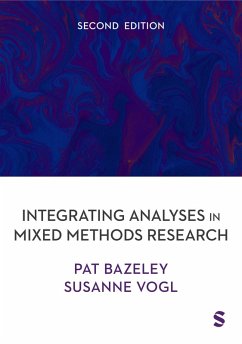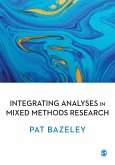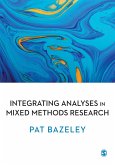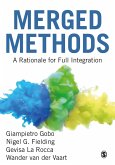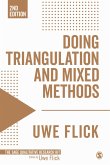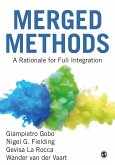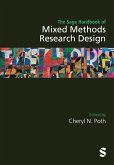Acquire the tools and strategies you need to confidently and creatively practice integration in mixed methods analysis. Encouraging you to embrace complexity and work across boundaries, this book shows you how to integrate data analytically, and work with the rich findings that result.
With new chapters and an updated structure, this second edition:
Pragmatic and systematic, this is an essential guide for students and researchers conducting mixed methods research.
With new chapters and an updated structure, this second edition:
- Examines the dimensions of integration, introducing a framework to use in your own research;
- Enables you to ensure conversation takes place between your chosen methodological approaches so you can reap their full potential;
- Presents strategies for managing dissonance and divergence in different types of data;
- Considers how computational approaches like LLMs can aid analysis, while still requiring critical researcher engagement.
Pragmatic and systematic, this is an essential guide for students and researchers conducting mixed methods research.
Dieser Download kann aus rechtlichen Gründen nur mit Rechnungsadresse in A, D ausgeliefert werden.
Bazeley addresses one of the biggest challenges faced by mixed methods researchers: the integration of data and interpretation of results that come from different data collection methods. She does so in a comprehensive and systematic way that is enhanced by the use of multiple examples that illustrate multiple mixed methods data analysis strategies. Bazeley also includes a diagram for each chapter that guides readers, making it easy to follow the detailed and thoughtful process provided in this important book. In addition, she demonstrates how integration can be accomplished using a variety of software packages, thus making this an excellent guide for the new and advanced mixed methods researcher. Researchers who want to maximize the data from a mixed methods study will find this an invaluable resource.
Donna M. Mertens 20170519
Donna M. Mertens 20170519

